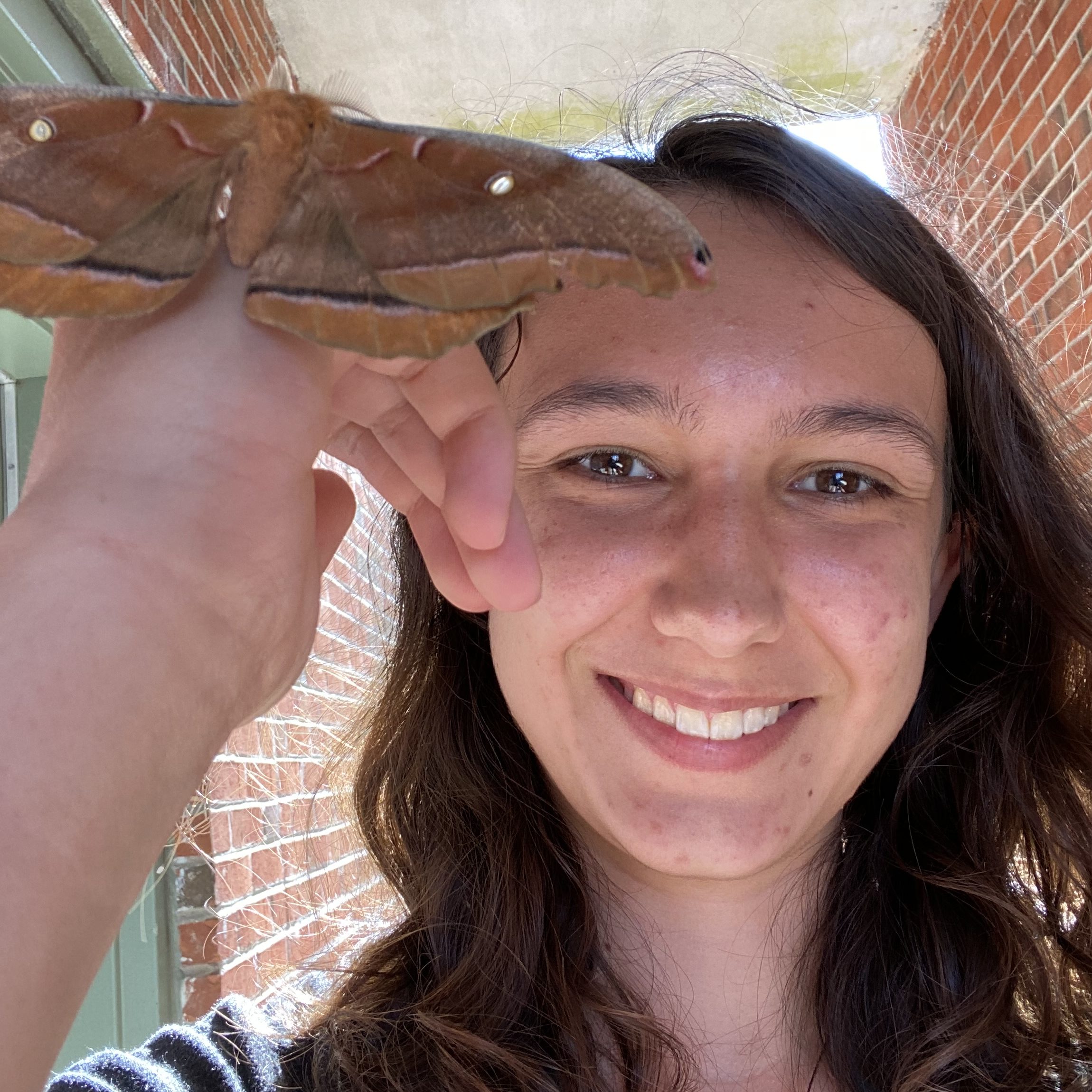
After so many ArthroBlogger posts over the years, you may be wondering how I decide which arthropods to write about. When I first started this blog, I mostly wrote about arthropods that I’d seen in my backyard or had had personal interactions with. I also write about fascinating arthropods that I hear about at school, a definite perk of being a biology major.
And sometimes, as in the case of this month’s featured arthropod, I just stumble across some really fascinating or adorable creature on the internet and think, “wow, people need to know this thing exists.”
Also known as “goldbugs” (or “sequins with legs,” as I like to call them), golden tortoise beetles resemble golden ladybugs and are found throughout much of the eastern United States. Unlike the omnivorous ladybugs, golden tortoise beetles are members of the Chrysomelidae or “leaf beetle” family and are often found munching on morning glory and sweet potato plants. Fortunately, they don’t often occur in large enough numbers to be considered pests.
As the largest sweet potato producer in the US, North Carolina should be flooded with goldbugs, but I’ve yet to ever see one in person. That may or may not have anything to do with the fact that I really don’t like sweet potatoes. Now, however, I feel compelled to wander through some sweet potato fields until I find one of these shimmering cuties.
Yet another appropriately named insect, golden tortoise beetles get the “tortoise” part of their name from their translucent elytron, a hard cover most beetles have that protects their head and wings. In the case of the golden tortoise beetle, the elytron is large enough for the beetle to tuck its legs and head under for extra protection, much like how a tortoise would tuck its own head and legs into its shell. Goldbugs may have completely translucent elytra or, like the beetle featured above, they might sport black markings for a little extra pizzazz.
The “golden” part of this beetle’s name is easy enough to figure out, but goldbugs aren’t always gold. The gold color comes from the beetle’s shiny cuticle, but when upset or threatened, the beetle contracts its cuticle to produce an orange liquid that temporarily replaces that golden gleam as it dries. In fact, these beetles can turn a variety of colors ranging from yellow to brown or red if they’re stressed or dehydrated. When the beetles are healthy and content, however, I guess you could say they feel… golden! Ha! I’m hilarious.
We could go through some reasons why goldbugs are important for the weeds they eat and the animals that eat them and their intrinsic beauty and whatnot, but I think the best thing about these guys is that they’ve finally given me something to do with all these sweet potatoes lying around. So I’m just gonna end with that. See y’all next month, I’m going goldmining for beetles.
